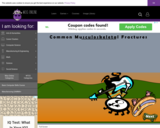
In this animated and interactive object, learners identify musculoskeletal fractures.
- Subject:
- Health and Medical Science
- Nursing
- Date Added:
- 10/15/2010
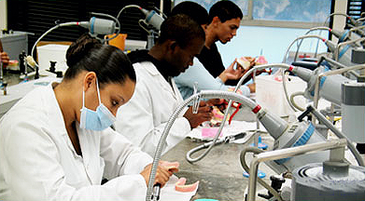

In this animated and interactive object, learners identify musculoskeletal fractures.

Learners examine the contents of organized microbial plaque and test their knowledge in matching exercises.
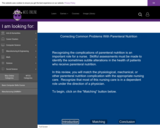
In this interactive object, learners match physiological, mechanical, or other parenteral nutrition complications with the appropriate nursing care.

In this highly interactive and animated object, learners complete three exercises to identify the cranial nerves and their functions.
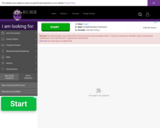
Learners assess the periodontal status and the health risk factors of a fictitious patient. They also make treatment recommendations in this interactive lesson.
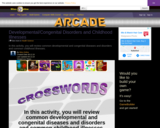
In this activity, you will review common developmental and congenital diseases and disorders and common childhood illnesses.

In this drag-and-drop exercise, learners review the names of diagnostic tests and match them with their descriptions and the nursing actions that relate to them.

Learners read about various cuts of beef and the methods of preparing them: roasting, baking, broiling, pan broiling, braising, stewing, and marinating. In a drag-and-drop exercise, students match the cut of beef to the appropriate cooking method.

Learners read how to calculate the full-time equivalent for hours worked by employees. Practice exercises complete the activity.
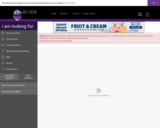
Students read about foods that are high in nutrients compared to the number of calories. They identify if certain foods have high or low nutrient density.

In this animated learning object, learners read about the proper handling of foods that contain the nutrients and water that bacteria require for growth.
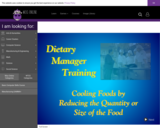
In this animated lesson, students read how reducing the thickness of a food is an important factor in cooling it. They also read FDA guidelines for food temperatures.
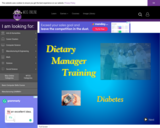
Students read about the different types of diabetes and the treatment methods available.

Learners follow the path of a carbohydrate food from consumption through digestion to absorption into the bloodstream. In a matching exercise, students identify the main type of carbohydrate found in four different foods.
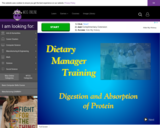
Learners follow the path of a protein food from consumption through digestion to absorption into the bloodstream.
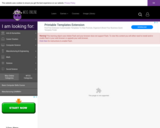
Learners read about the S.O.A.P. and D.A.R. formats that are used to document progress notes in medical records. They then match statements to S.O.A.P. and D.A.R. categories in drag-and-drop exercises.
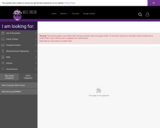
Learners examine the costs of replacing an employee. Using a formula, students calculate these expenses in practice exercises.
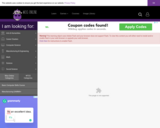
Students read how to record relevant information on a test tray evaluation form. They enter their own analysis of the data in a practice exercise.
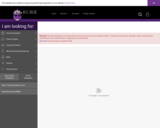
Students read about fresh herb garnishes and match the garnishes to appropriate foods.

Learners read about the role of water, the basic physiology of water balance, and the effects of dehydration particularly on elderly clients. Tips for maintaining proper hydration are presented. In an interactive exercise, students calculate how much fluid a client needs based on his/her age, health, and weight.